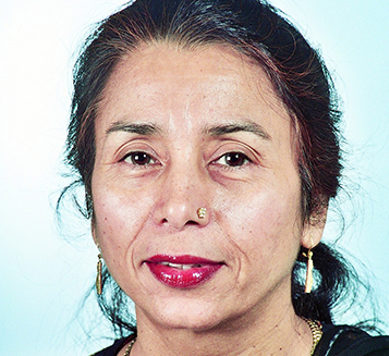The six Gulf Cooperation Council (GCC) countries are the largest recipients of temporary migrants in the world constituting almost 43 percent of their population (Table 1). In some countries such as Qatar and the United Arab Emirates, more than 80 percent of the population consists of non-nationals. Despite this extreme imbalance, policies that exclude non-nationals from the possibility of becoming citizens of the GCC countries continue to persist. A majority of all migrants to the region are contract workers, who in some cases are accompanied by their families.
3 DAYS / 12 Workshops
MORE THAN 300 ACADEMIC PAPERS
While discrepancies regarding the absolute number of migrants in various countries sometimes
exist between sources, migration scholars generally agree on the following dimensions that
typify the trends, patterns and characteristics of migration to the region.
(1) An upward trend in the proportion of foreigners has persisted during the last two decades
despite concerted policies and efforts to reduce the number of non-nationals in the
population and labor force through indigenization of the workforce.
(2) A consistent shift from Arab to Asian workers has taken place over time with the result
that a majority of all foreign workers in most GCC countries are now Asian.
(3) About two-thirds of all migrant workers are men while the rest are women.
(4) Among men, more than half are engaged in low-skilled occupations in the production and
labor occupational category, or in the service sector.
(5) A large majority (more than three-fourth) of all Asian women migrants are concentrated
in a single occupation, domestic service.
(6) Reliance on domestic workers has been increasing in all GCC countries and such workers
comprise about 10 percent of the total population in some countries such as Kuwait.
(7) A negligible proportion of low-skilled men and women are accompanied in the Gulf by
their spouses and children, even though a majority (70-80 percent) are married.
(8) The six major sending Asian countries are India, Philippines, Indonesia, Bangladesh, Sri
Lanka and Pakistan. However, an increased diversification of sending Asian countries,
such as Nepal and Viet Nam, has also occurred.
(9) Reliance on foreign workers is a result of many factors including small indigenous
populations insufficient to fulfill the ambitious development plans, preference among
nationals for public sector jobs, and relatively low labor force participation of indigenous
women.
(10) Finally, migration to the GCC countries is “temporary” more in name than in practice.
Many workers live in the Gulf for many years and the pool of 2nd and 3rd generation
migrants is expanding.
Impacts on Social and Economic Life
The above summarization of migration to the Gulf highlights two key points. First, the process of
GCC migration is likely to have wide ranging impacts not only on the receiving countries but
also on the sending countries. Second, these impacts are likely to occur at the societal,
community, family and individual levels.
Systematic and objective research based on empirical data on the social and economic impacts of
GCC migration is scarce. A few observations and research findings for the receiving countries
may be summarized as follows. General perceptions of nationals within the receiving countries,
expressed in the popular press, usually bemoan the negative impacts on the upbringing of
children and on culture in general. Government policies to reduce the proportion of non-nationals
are supported by public perceptions. Also, it is generally believed that if the number of nationals
is increased (through high birth rates) this would naturally result in the decline of foreigners. We
are not aware of any systematic surveys among nationals that measure the native population’s
attitudes and beliefs about the socioeconomic implications of foreigners’ presence. Some studies
3
indicating the impact of domestic workers on living arrangements and care of elderly persons
have been published. It has been reported, for example, that the probability of nucleation of
families is aided by the presence of domestic workers in Kuwait. Also, the lack of co-resident
children increases the probability of care by domestic workers in the country (Shah et al. 2010
and Shah et al. 2011).
In the case of sending countries, some findings on the socioeconomic impacts of GCC migration
are available. These are usually based on small scale surveys. Results from studies on the
impacts on families left behind present a mixed picture. Some point to the negative impacts on
children in the absence of mothers (and fathers), such as loneliness and poor performance at
school. Others point to the gain in status by wives whose husband is a bread earner in the Gulf.
Studies on the use of remittances by households with a migrant worker in the Gulf often indicate
that remittances are frequently used for ‘non-productive’ expenditures such as marriages, and
building or renovation of homes. Several studies report that the cost of migration is often high
and funds for the move are raised by the sale of wife’s jewelry or land, and may result in a high
degree of indebtedness.

